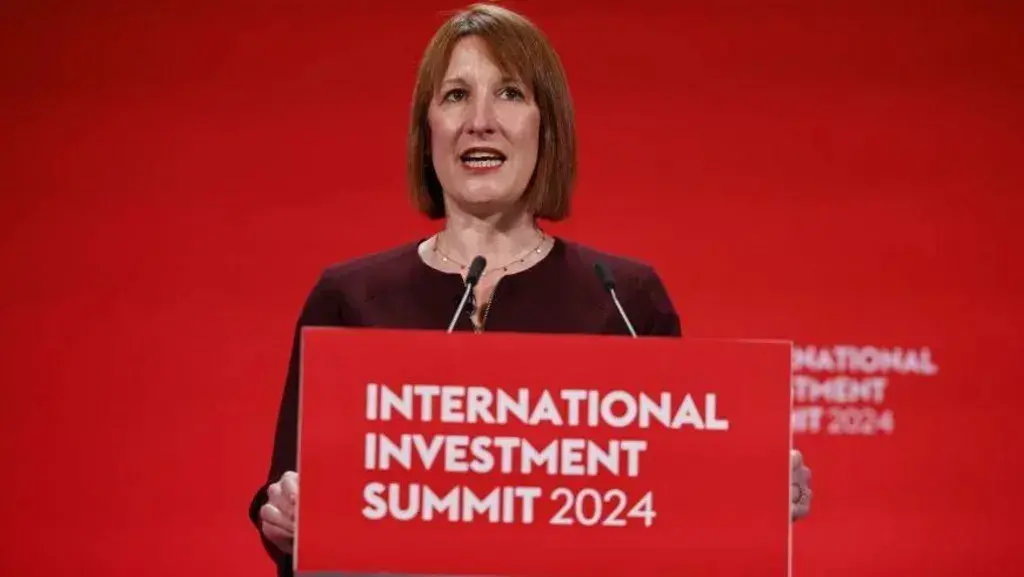NEET PG 2025 Postponed After Supreme Court Mandate for Single-Shift Exam
The National Board of Examinations in Medical Sciences (NBEMS) has officially postponed the NEET PG 2025 examination, which was earlier scheduled for June 15. The decision comes in response to a Supreme Court directive requiring the exam to be conducted in a single shift across the country. In a public notice, NBEMS stated that the exam will be rescheduled to allow adequate time for arranging additional test centres and the necessary infrastructure to support the single-shift format. This follows the Supreme Court’s May 30 ruling, which challenged the previous plan to hold the exam in two shifts. The apex court remarked that conducting the exam in multiple shifts introduces inconsistencies and disadvantages, questioning the lack of sufficient centres in a technologically advanced nation like India. “Examinations must offer a level playing field. Dividing candidates into different shifts creates inequality,” the court observed. Last year, in response to concerns over paper leaks and security breaches, NBEMS limited the exam to only the most secure centres, reducing the number to 416. As a result, the test was split into two shifts, with a normalisation process applied to balance variations in difficulty levels. However, many candidates voiced concerns over the transparency and fairness of this system, noting that even minimal differences in scores could drastically alter rankings. The revised date for NEET PG 2025 is expected to be announced soon, with authorities now working to expand the number of test centres to accommodate all aspirants in a single session. Source: Indian Express
NEET PG 2025 Postponed After Supreme Court Mandate for Single-Shift Exam Read More »










